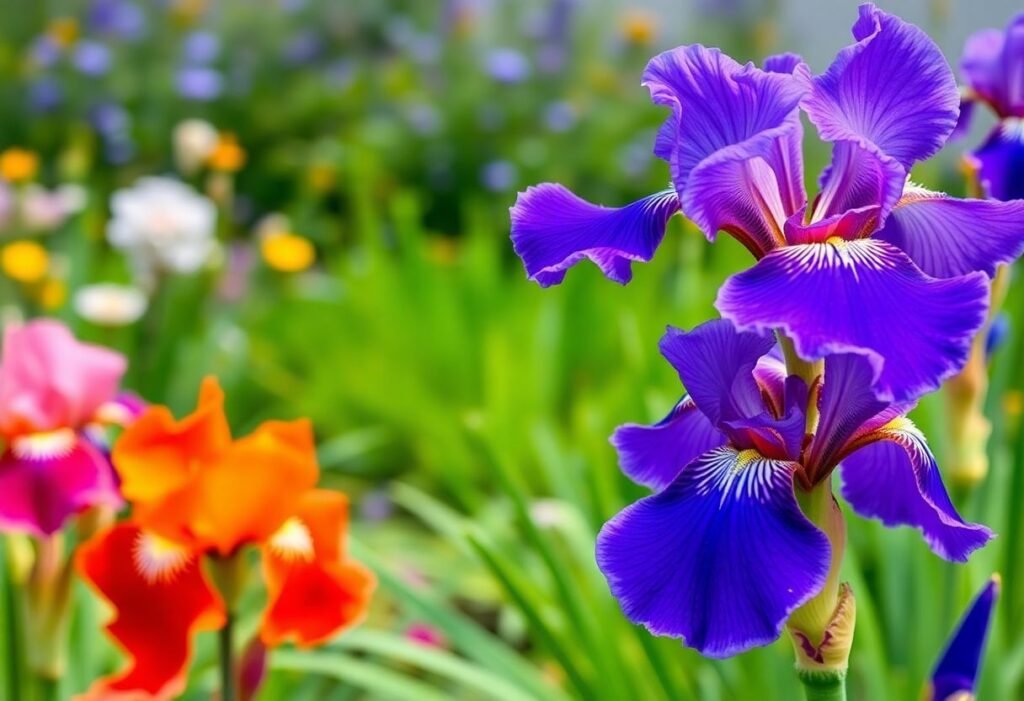When is the Best Time to Cut Back Iris?
The ideal time to cut back irises is right after they finish blooming, typically in late spring or early summer. This is when the plants begin to prepare for dormancy. At this point, removing dried or damaged flowers helps the plant redirect energy towards its roots. Annual cutting back of irises allows them to grow better and flower abundantly in the upcoming seasons.
Proper Techniques for Cutting Back Irises
When cutting back irises, it’s crucial to adhere to a few key principles. Always use sharp tools to avoid damaging the plant tissue. Pruning should be done about 6 inches above the ground. This method gives irises a sufficient amount of material to regenerate. Additionally, pay attention to the shape of the plants to maintain an aesthetic appearance in your garden. While cutting back irises, ensure you also consider the spacing of the flowers.
Benefits of Cutting Back Irises
There are numerous benefits to cutting back irises. Firstly, it enhances their appearance by removing wilted flowers and foliage. Secondly, it promotes better air circulation around the plants, reducing the risk of fungal diseases. Regular trimming of irises supports their healthy growth and positively impacts future blooming.
How to Care for Irises After Cutting Back
After cutting back irises, providing proper care is essential. Remember to water them regularly, especially during dry periods. You can also enrich the soil with organic fertilizers, which will positively impact the plants’ health. Additionally, be sure to remove weeds around the irises to avoid competition for nutrients. By caring for irises after cutting back, you ensure robust growth and flourishing blooms.
When to Cut Back Irises in Freezing Zones
In freezing zones, the timing for cutting back irises should be adjusted to the prevailing climate conditions. In colder regions, it is advisable to perform pruning in early spring, just after the frost has melted. This timing allows the plants to regenerate efficiently before the growing season begins. Cutting back irises during this time also allows you to remove any winter-damaged foliage.
Caring for Irises Year-Round
It’s vital to remember that attention to irises doesn’t end with pruning. They need regular watering, fertilizing, and protection from pests. Keep an eye on your plants, and if you notice any signs of distress, respond accordingly. Regular care will ensure that your irises remain stunning and healthy.
Conclusion
Effective cutting back of irises is key to a vibrant and beautiful garden. Remember to prune them after blooming and apply the right techniques. With this knowledge, your irises will surely be the pride of your garden! Don’t wait—take care of your plants and enjoy their beauty for years to come.
Disclaimer
The tips provided in this article are for informational purposes only. Always consult a gardening professional before making decisions related to plant care.

















